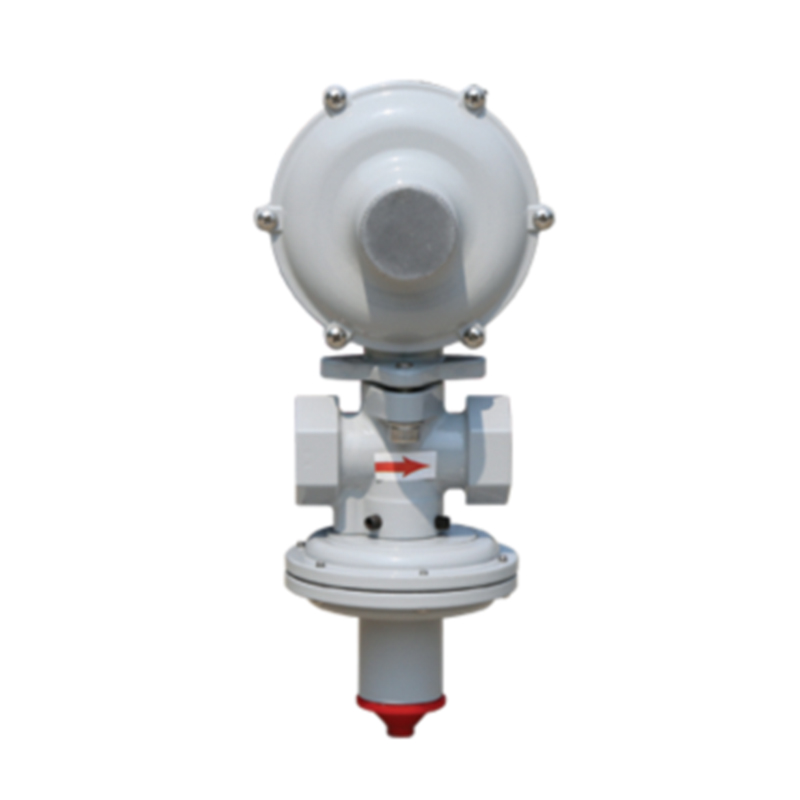
Dec . 11, 2024 10:26
Back to list
Pressure Relief Valve Technologies and Applications for Enhanced Safety and Efficiency
Understanding Pressure Relief Valves A Comprehensive Guide
Pressure relief valves (PRVs) play a critical role in various industrial applications, ensuring safety and equipment protection by regulating pressure levels within systems. Designed to prevent overpressure situations, these devices are essential in sectors such as oil and gas, chemical processing, and power generation.
What is a Pressure Relief Valve?
A pressure relief valve is a safety device that automatically releases excess pressure from a system to prevent equipment failure, explosions, or leaks. When the pressure within a system exceeds a predetermined limit, the PRV opens, allowing fluid to escape until the pressure drops back to a safe level. This helps maintain operational integrity and protects against catastrophic failures.
How Does a Pressure Relief Valve Work?
The operation of a pressure relief valve is relatively straightforward. Each valve has a spring-loaded mechanism that holds a disc or diaphragm tightly against a seat under normal operating conditions. As the pressure increases, it eventually reaches the set pressure, exerting force on the valve’s disc or diaphragm. Once this force overcomes the spring tension, the valve opens, allowing pressure-laden fluid to escape.
.
Types of Pressure Relief Valves
صمامات تخفيف الضغط

There are several types of pressure relief valves designed to cater to different applications
1. Spring-Loaded Relief Valves The most common type, these valves use spring tension to maintain a specific pressure setting. 2. Pilot-Operated Relief Valves These valves utilize a pilot valve to control the opening and closing mechanism, making them suitable for high-pressure applications. 3. Balanced Bellows Valve This design minimizes the effect of back pressure, allowing it to operate accurately even under varying conditions. 4. Exhaust or Vacuum Relief Valves These are designed to prevent vacuum conditions from damaging tanks or pipelines by allowing air into the system when the pressure drops.
Importance of Pressure Relief Valves
The significance of PRVs cannot be overstated. In many industries, the failure to release excess pressure can lead to severe accidents, including explosions, equipment damage, and environmental hazards. Regular maintenance and testing of PRVs are essential to ensure their reliability. This includes checking for signs of wear, corrosion, and proper calibration to maintain their effectiveness.
Regulatory Standards and Compliance
Industries are often subject to strict regulatory standards concerning safety and equipment management. Organizations like the American Society of Mechanical Engineers (ASME) have established guidelines for the design, installation, and maintenance of pressure relief valves. Compliance with these standards not only ensures safety but also enhances operational efficiency.
Conclusion
In summary, pressure relief valves are indispensable safety devices in industrial applications, designed to prevent overpressure scenarios that could lead to significant hazards. Understanding their function, types, and importance is crucial for anyone involved in system design, maintenance, or safety management. Proper installation, regular inspection, and adherence to regulatory standards are key to maximizing the effectiveness of these valves, ensuring a safe working environment for all.
Latest news
-
Safety Valve Spring-Loaded Design Overpressure ProtectionNewsJul.25,2025
-
Precision Voltage Regulator AC5 Accuracy Grade PerformanceNewsJul.25,2025
-
Natural Gas Pressure Regulating Skid Industrial Pipeline ApplicationsNewsJul.25,2025
-
Natural Gas Filter Stainless Steel Mesh Element DesignNewsJul.25,2025
-
Gas Pressure Regulator Valve Direct-Acting Spring-Loaded DesignNewsJul.25,2025
-
Decompression Equipment Multi-Stage Heat Exchange System DesignNewsJul.25,2025

